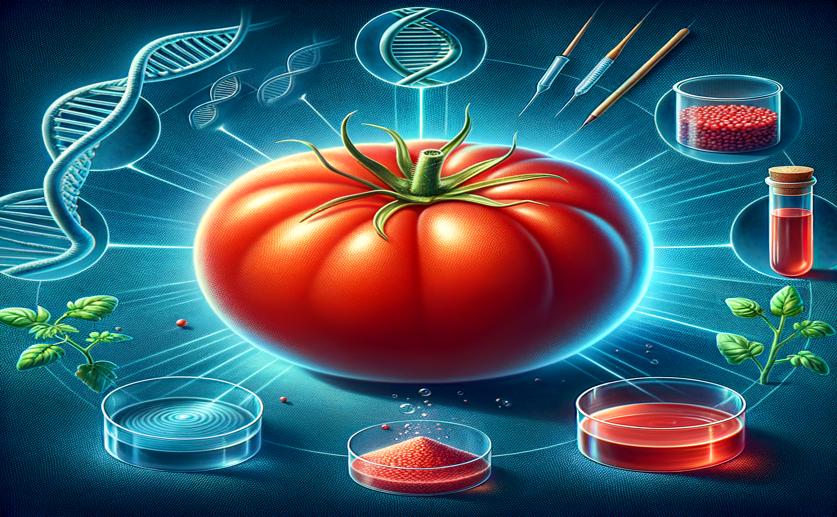
Forecasting Tomato Quality with Genetic Testing
Jim Crocker
28th March, 2024

Image Source: Natural Science News, 2024
Key Findings
- Study at Sejong University improved tomato breeding by predicting traits like size and sweetness
- Random forest model was best for predicting tomato weight, width, and skin thickness
- Fewer genetic markers (SNPs) can predict traits more accurately, making breeding more cost-effective
GeneticsPlant ScienceAgriculture
References
Main Study
1) Prediction accuracy of genomic estimated breeding values for fruit traits in cultivated tomato (Solanum lycopersicum L.).
Published 27th March, 2024
https://doi.org/10.1186/s12870-024-04934-8
Related Studies
2) Genome-wide association study identifies QTL for eight fruit traits in cultivated tomato (Solanum lycopersicum L.).
3) Genome-wide association mapping in tomato (Solanum lycopersicum) is possible using genome admixture of Solanum lycopersicum var. cerasiforme.
4) Mapping of two suppressors of OVATE (sov) loci in tomato.



 19th March, 2024 | Jenn Hoskins
19th March, 2024 | Jenn Hoskins